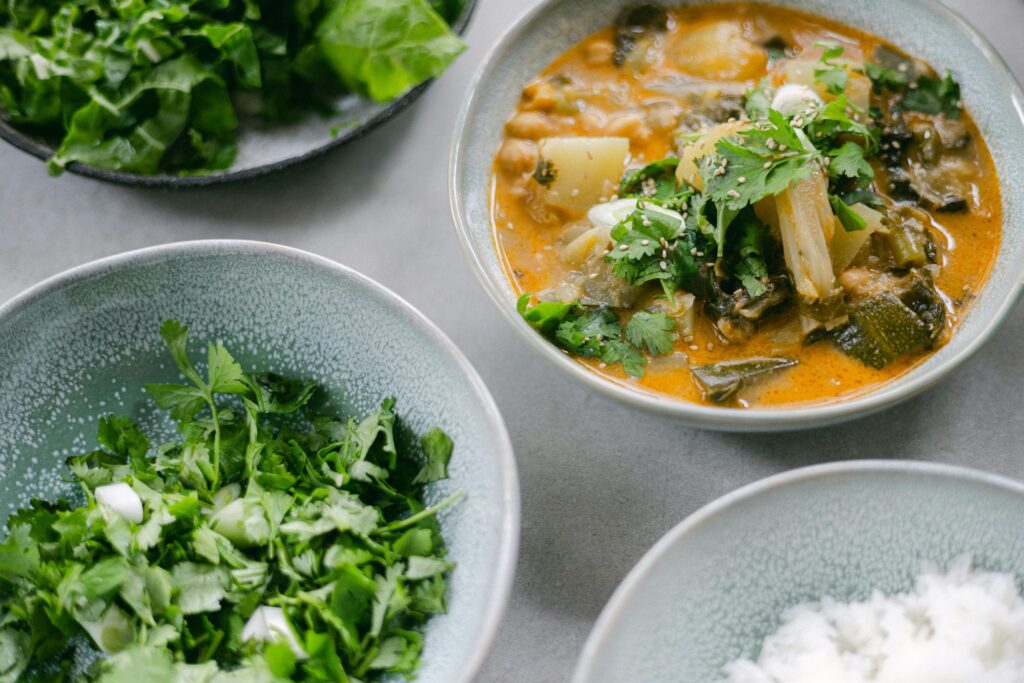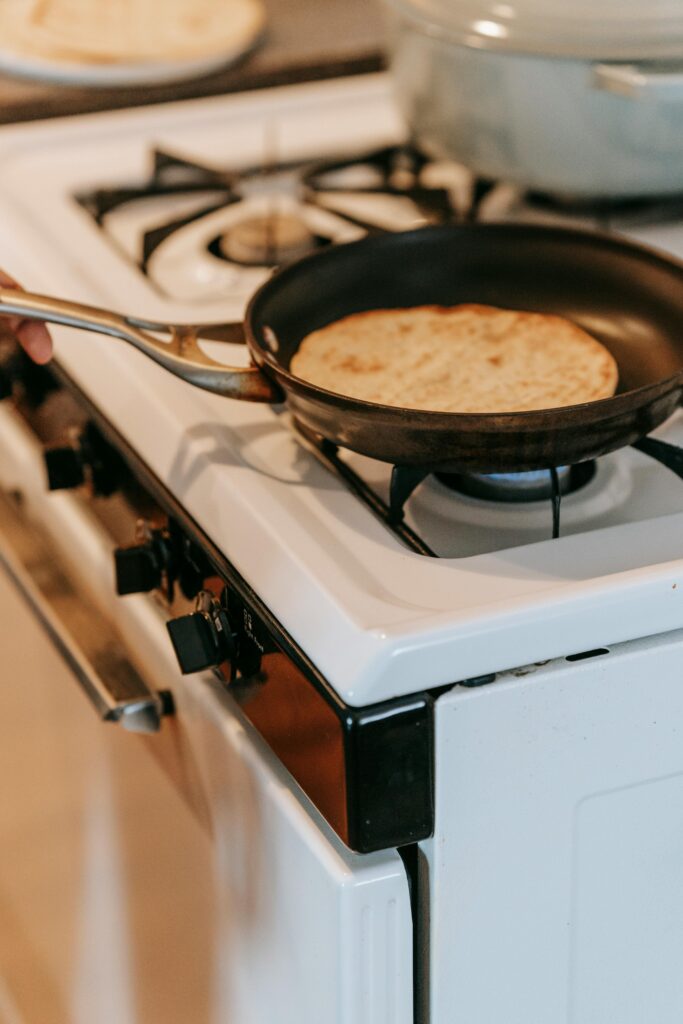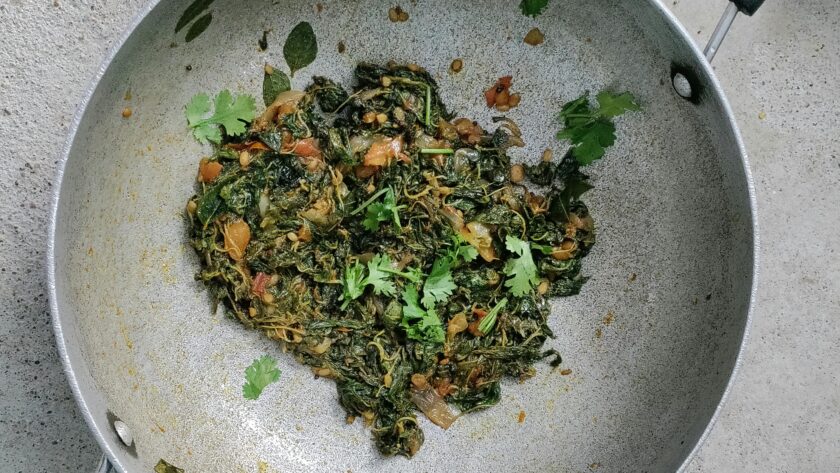Lohri, the vibrant harvest festival of Punjab, is incomplete without the iconic Sarso Ka Saag recipe paired with Makki Ki Roti. This authentic dish is a true testament to Punjab’s culinary heritage, offering a rich blend of earthy flavors and wholesome nutrition. In this blog, we will walk you through a detailed recipe for Sarso Ka Saag, ensuring it is easy to follow, perfect for your Lohri celebrations.
What is Sarso Ka Saag?
Sarso Ka Saag, or mustard greens curry, is a traditional Indian dish made with a combination of mustard leaves, spinach, and bathua (goosefoot). Its robust, slightly bitter flavor is balanced with fragrant spices, making it a must-have winter delicacy. The dish is often served with a dollop of white butter and accompanied by Makki Ki Roti (corn flatbread), enhancing its festive appeal.
Why Sarso Ka Saag is Perfect for Lohri
Lohri is celebrated to mark the end of winter and the harvest of crops like mustard and corn. Sarso Ka Saag, made with freshly harvested mustard leaves, symbolizes the season’s bounty. Its warmth and rich taste make it a comforting meal to enjoy around the bonfire.
Ingredients for Sarso Ka Saag
For the Saag:
- Mustard greens (Sarson) – 4 cups (chopped)
- Spinach (Palak) – 2 cups (chopped)
- Bathua (Goosefoot) – 1 cup (chopped, optional)
- Green chilies – 2-3 (slit)
- Ginger – 1-inch piece (grated)
- Garlic cloves – 6-7 (chopped)
- Onion – 1 large (finely chopped)
- Tomatoes – 2 medium (pureed)
- Makki ka atta (cornmeal) – 2 tablespoons
- Salt – to taste
- Ghee or mustard oil – 2 tablespoons
- Water – as required
And For the Tadka (Tempering):
- Ghee – 2 tablespoons
- Cumin seeds – 1 teaspoon
- Hing (asafoetida) – a pinch
- Red chili powder – 1 teaspoon
Step-by-Step Recipe for Sarso Ka Saag
1: Cleaning and Preparing the Greens
- Wash the greens thoroughly: Dirt and grit tend to stick to mustard leaves, so rinse them 3-4 times in cold water.
- Chop the greens: Roughly chop mustard, spinach, and bathua. This helps in even cooking.
- Boil the greens: In a large pot, boil 3 cups of water and add the chopped greens along with green chilies. Cover and cook for 15-20 minutes or until tender.
2: Blending the Greens
- Once the greens are cooked, let them cool slightly.
- Blend them into a coarse paste using a hand blender or food processor. Avoid making it too smooth, as a slight texture adds to the dish’s authenticity.
3: Preparing the Base
- Heat ghee or mustard oil in a heavy-bottomed pan.
- Add garlic, ginger, and onion. Sauté until golden brown.
- Mix in the tomato puree and cook until the oil separates, indicating the masala is ready.
4: Combining the Saag and Masala
- Add the blended greens to the prepared masala.
- Sprinkle in salt and stir well.
- Gradually add makki ka atta, mixing continuously to prevent lumps. This thickens the saag and enhances its flavor.
- Add water if required, adjusting the consistency to your liking. Simmer on low heat for 15-20 minutes, stirring occasionally.
5: Adding the Tadka
- Heat ghee in a small pan for tempering.
- Add cumin seeds and hing, allowing them to crackle.
- Sprinkle red chili powder and immediately pour the tadka over the saag. Mix gently.

Nutritional Value of Sarso Ka Saag
This recipe is not only delicious but also packed with nutrients. Below is a detailed breakdown of its calorie content:
Ingredients and Calories
- Mustard Greens (4 cups): 88 calories
- Spinach (2 cups): 46 calories
- Bathua (1 cup): 40 calories
- Green Chilies (3): 12 calories
- Ginger (1-inch piece): 6 calories
- Garlic (6-7 cloves): 27 calories
- Onion (1 large): 44 calories
- Tomatoes (2 medium): 44 calories
- Makki ka Atta (2 tablespoons): 70 calories
- Ghee (2 tablespoons for saag + 2 tablespoons for tadka): 240 calories
- Cumin Seeds (1 teaspoon): 8 calories
- Hing (a pinch): Negligible
- Red Chili Powder (1 teaspoon): 6 calories
- Salt (to taste): 0 calories
- Water: 0 calories
Total Calories in Sarso Ka Saag
Approximately 631 calories for the entire dish. When served in individual portions (serves 4), each serving contains around 158 calories.
Pairing Sarso Ka Saag with Makki Ki Roti
Makki Ki Roti, a traditional cornmeal flatbread, is the perfect accompaniment to yummy saag. Here’s a quick recipe:

Ingredients for Makki Ki Roti:
- Makki ka atta (cornmeal) – 2 cups
- Salt – a pinch
- Water – as required
- Ghee or butter – for cooking
Method:
- Mix cornmeal and salt in a bowl. Gradually add water to form a soft dough.
- Divide the dough into small balls and flatten them into discs using your hands.
- Cook on a hot tawa (griddle) until golden brown on both sides.
- Serve hot with Sarso Ka Saag, topped with a dollop of white butter.
Calories in Makki Ki Roti
- 1 Makki Ki Roti (made with ½ cup cornmeal): 130 calories
- Ghee (1 teaspoon per roti): 40 calories
- Total Calories for 1 Roti with Ghee: 170 calories
Frequently Asked Questions (FAQs)
1. Can I make Sarso Ka Saag without bathua?
Yes, you can skip bathua if it’s unavailable. Increase the quantity of spinach to balance the flavor.
2. Is this Saag gluten-free?
The saag itself is gluten-free. However, ensure your makki ka atta is processed in a gluten-free facility if you have gluten intolerance.
3. Can I store Sarso Ka Saag?
Absolutely! Store it in an airtight container in the refrigerator for up to 3 days. Reheat with a splash of water before serving.
4. Can I freeze Sarso Ka Saag?
Yes, you can freeze it for up to a month. Defrost in the refrigerator overnight and reheat gently.
5. What can I substitute for makki ka atta in the saag?
You can use gram flour (besan) as an alternative, though the flavor will slightly differ.
Celebrating Lohri with Sarso Ka Saag
Lohri is all about gathering with loved ones, singing folk songs, and relishing traditional dishes. Sarso Ka Saag, with its rich flavors and cultural significance, perfectly complements the festive spirit. Pair it with Makki Ki Roti and end the meal with a sweet treat like jaggery or gajak for an authentic Lohri experience.
Conclusion
Sarso Ka Saag is more than just a dish; it’s a celebration of Punjab’s culinary traditions and the bounty of winter. By following this detailed recipe, you can recreate this classic at home and make your Lohri celebrations truly special. Don’t forget to share this recipe with friends and family, spreading the joy of good food and festivity!



Leave a Reply